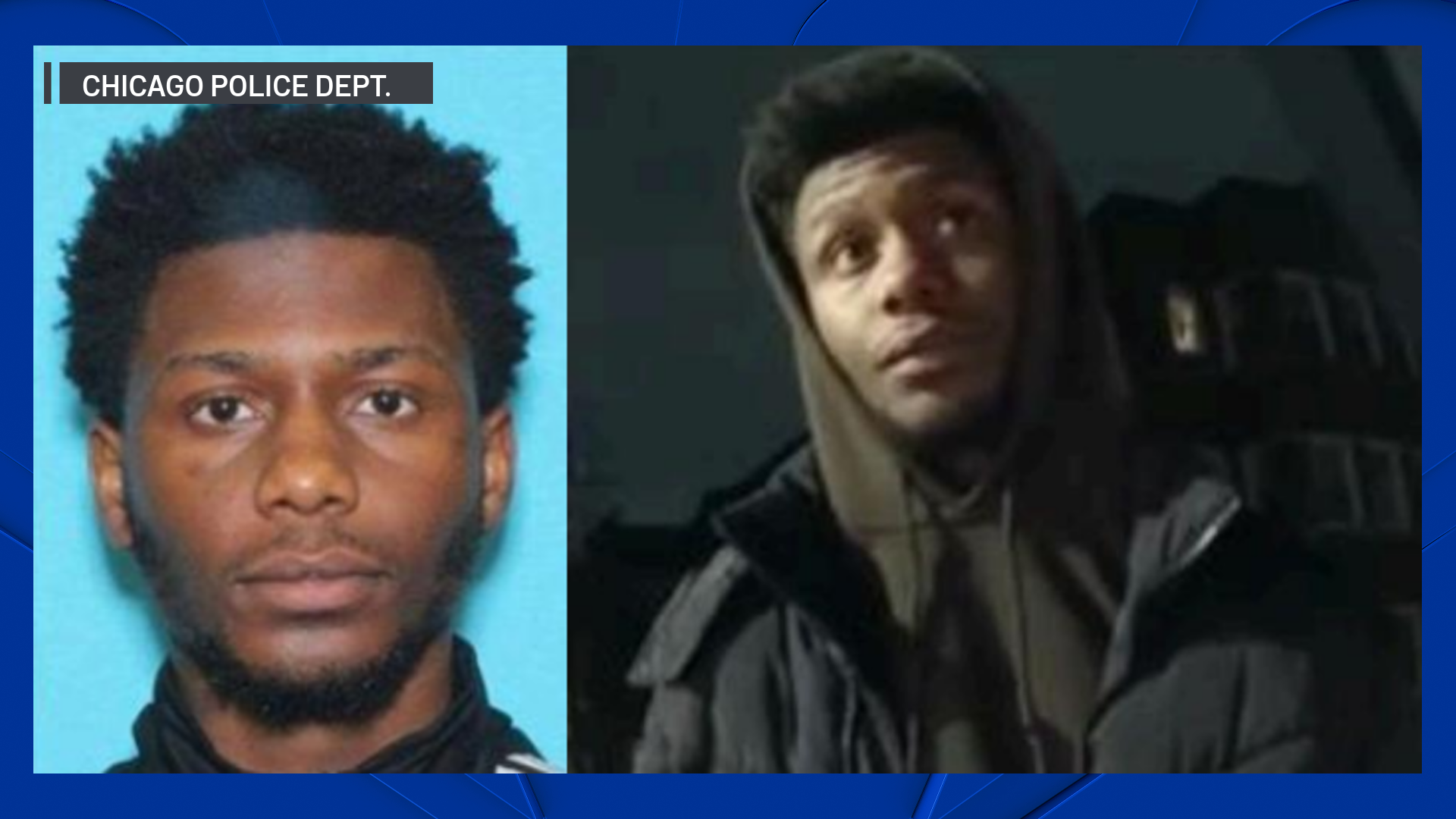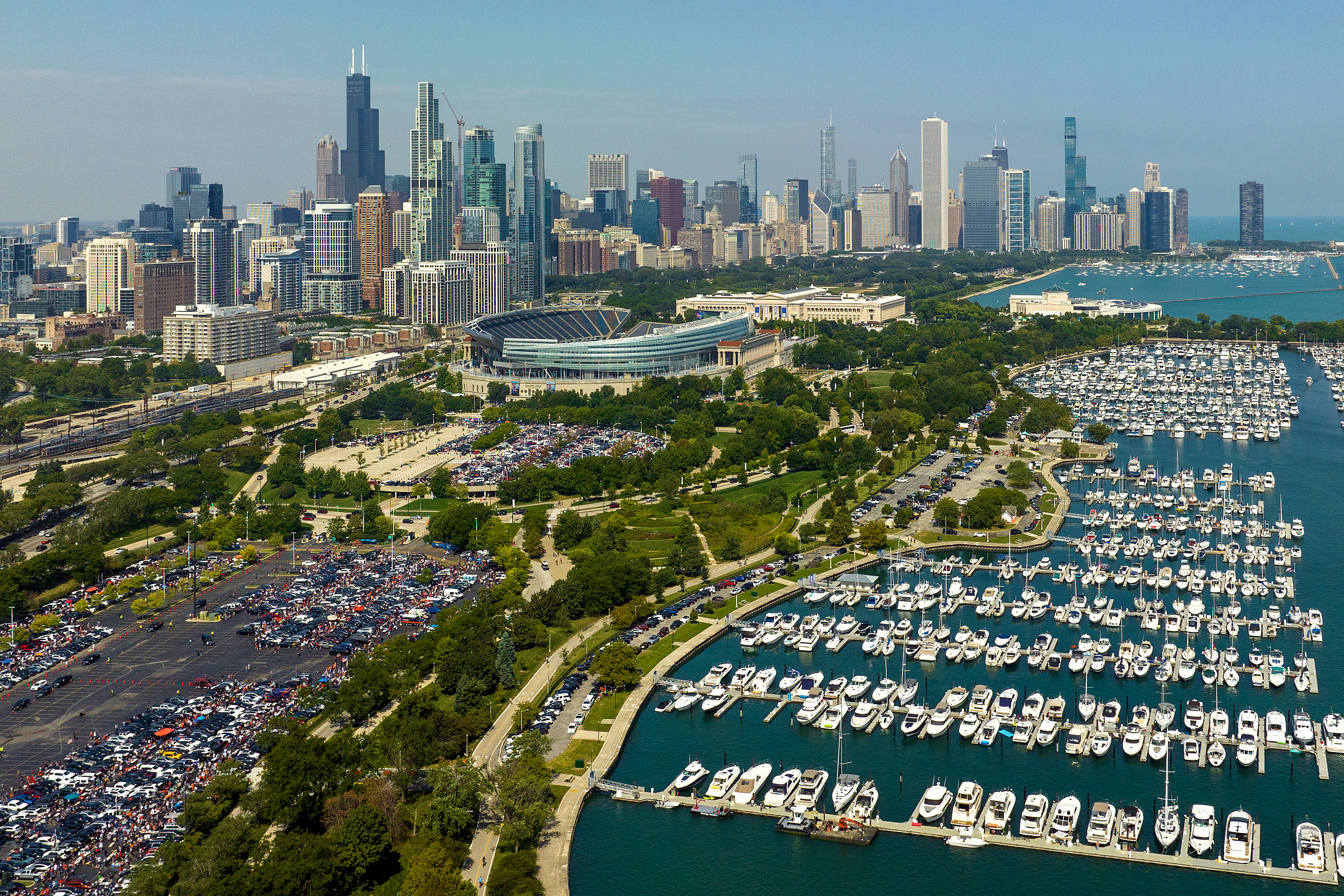As Chicago struggles with yet another controversial officer-involved shooting, the investigation will be guided by yet another new set of procedures drafted after the last high-profile incident, the 2014 shooting of teenager Laquan McDonald.
The eight page document, entitled "De-escalation, Response to Resistance, and Use of Force," was issued as a general order to the Chicago Police Department rank and file on the last day of 2020. It begins with a preamble on the "sanctity of human life," declaring that "all persons are to be perceived and treated as persons of inherent worth and dignity, regardless of race, color, sex, gender identity, age, religion, disability, national origin, ancestry, sexual orientation" and a variety of other identifiers.
While the guidelines state that officers should only use force which is "objectively reasonable, necessary and proportional," section 4 of the document focuses on the use of deadly force, defined as necessary to prevent death or great bodily harm.
The procedures note that deadly force should be considered a last resort, "permissible only when necessary to protect against an imminent threat to life or to prevent great bodily harm to the member or another person."
Feeling out of the loop? We'll catch you up on the Chicago news you need to know. Sign up for the weekly Chicago Catch-Up newsletter here.
And what is an imminent threat? That's where a key word enters the picture. That word is believe.
According to CPD procedures, an imminent threat exists when it is objectively reasonable for the officer to believe:
- The person's actions are immediately likely to cause death or great bodily harm unless action is taken.
- AND---the person has the means or instruments to cause death or great bodily harm.
- AND---the person has the opportunity and ability to cause great bodily harm.
That key word, believe, is all-important. For example, did the officer believe the offender had a gun? And if so, did the officer believe the offender was making a threatening move with that weapon?
Local
Thus, in the case of the Adam Toledo shooting, investigators will be looking at, among other things, whether the officer had reason to believe that Adam was a threat. Body camera video indicates the teen had a gun in his right hand and whirled toward the officer. The facts suggest he dropped the weapon or tossed it away as he made that move.
But it all happened in less than a second. And the investigation will center on what the officer could reasonably have believed was happening in that fleeting moment.
Those same dynamics came into play after the shooting of Laquan McDonald in 2014. Officer Jason Van Dyke said he believed McDonald was advancing toward him with a knife. But dashcam video suggested otherwise, and Van Dyke would eventually be convicted of second-degree murder and 16 counts of aggravated battery with a firearm.
Another change in the procedures involves extensive instructions on rendering medical aid to the targets of police shootings.
Officers are told that whenever a person is injured, they will "immediately request appropriate medical services from the Chicago Fire Department," and "may provide appropriate medical care consistent with their training to any individual who has visible injuries."
In more serious incidents, officers are told that "as soon as it is safe and feasible to do so, they will provide life saving aid consistent with their department training...to injured persons until medical professionals arrive on the scene."
That was in evident after the shooting of Adam on March 29. Immediately after he fired the shot which hit the 13-year-old in the chest, officer Eric Stillman ran to the boy's side and began resuscitation efforts. He was soon joined by other officers, who also attempted extensive life-saving efforts.
Those efforts proved futile, and Adam was pronounced dead at the scene.



